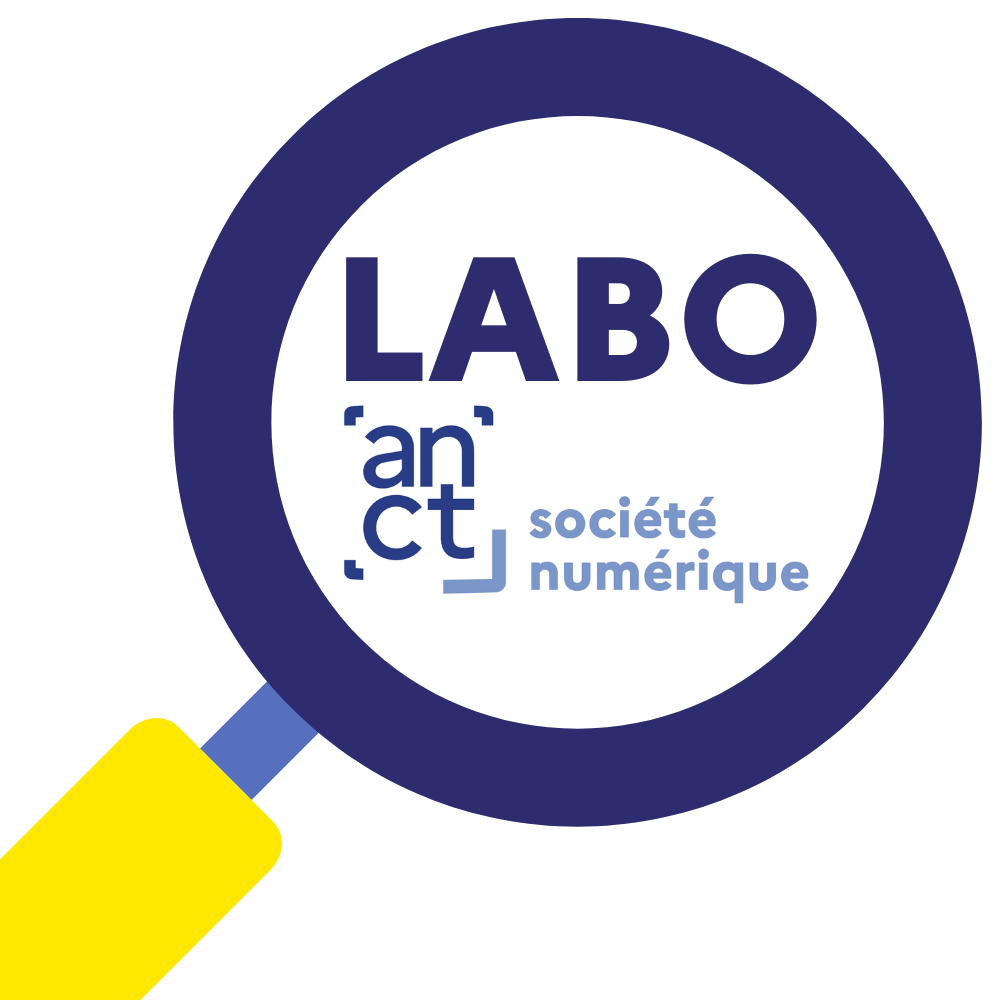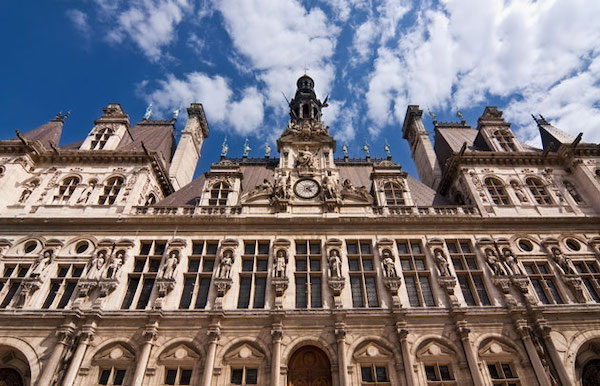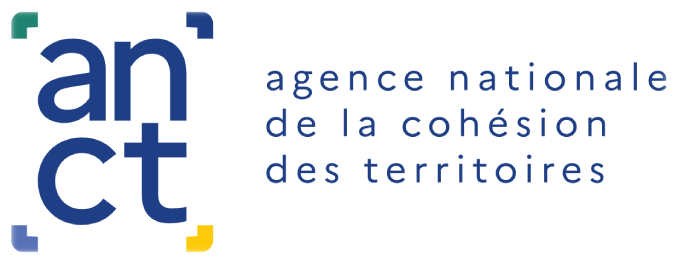Many cities around the world allow citizens to report a wide variety of problems or incidents from their mobile devices: road, sidewalk, tree and garden maintenance, graffiti, bulky objects and abandoned vehicles, connectivity, faulty traffic lights and street lighting, dangerous intersections, potholes... After identifying a problem, the user selects the type of incident in the application, possibly specifying the nature or importance of the problem, takes a photo that the GPS will geolocate to complete the description and automatically transmits to the relevant department. The processing chain, dematerialized from end to end, allows the city services concerned (mainly the road department) to have a global view of incidents and to plan their interventions.
FixMyStreetFixMyStreet, in the United Kingdom, is a pioneer in this field. Launched in 2007 by the mySociety Foundation, it has grown significantly with the deployment of a mobile application. It records 6,205 reports per week: more than millions of reports since its inception. More than two million reports have been made over the past 10 years, primarily in the categories of littering, street lighting, street and road conditions and potholes. However, the resolution rate is only 40% with an average processing time of almost 3 months.Similar platforms have emerged in the United States(SeeClickFix, Citysourced or PublicStuff, each of which lists several hundred American cities) or in the Netherlands with BuitenBeter
Several platforms (Tellmycity, Allô Mairie, Fixmaville, Keyclic, BetterStreet, Beecitiz, etc.) have emerged in France since 2010.
Limited adoption in France, competitive landscape with a large number of players
In a recent study recent study, which aims to understand how to involve citizens and civil society in the design and delivery of public services, the interministerial directorate for public transformation (DITP) looks at the case of applications for reporting urban problems, among a dozen initiatives involving citizens and public services.Unlike FixMyStreet, their equivalents in France "are experiencing difficulties in generalizing to the whole territory: limited adoption by civil society, competitive landscape with a large number of players".
- "In my street," the Paris City Hall app collects a significant number of reports (more than 90,000 in 2017 - growing rapidly since the app's launch in 2012).
- Other applications seek to establish partnerships with regions (e.g. Normandy for Allô Mairie) or municipalities (e.g. Saint-Etienne for Tellmycity)
- Faced with these difficulties, the strategy employed by FixMyStreet France is now to cover the entire territory (unlike other players targeting municipalities) by offering a "freemium" model for municipalities and by communicating massively about the solution.
- Their future development can be based on increased support from local governments, especially by encouraging civil society to use these platforms.
- the permanent mobilization of users to ensure that the flow of participation remains significant.
- the design of more open message management systems to facilitate the work of agents who receive and process requests: real-time map display, data transmission, directly within the business applications.
- better communication with users on problem resolution.
Références :
Sources
- 1. Interministerial Directorate for Public Transformation (DITP) Citizens as actors in public service: what initiatives to involve them more?
- 2. IDDRI (Institute for Sustainable Development and International Relations): urban crowdsourcing and digital citizen participation
- 3. Apps and platforms for reporting incidents and problems on the public highway





